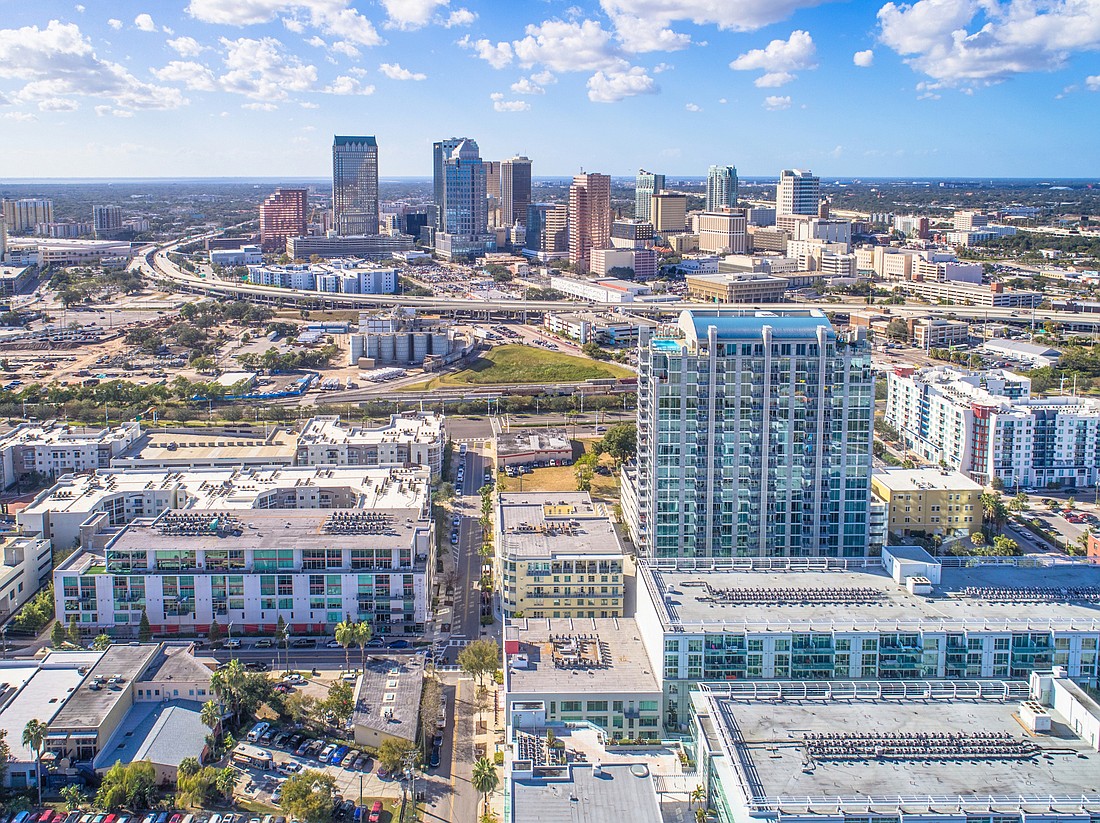- December 15, 2025
-
-
Loading

Loading

Last month’s $90 million sale of the Skyhouse Channelside apartment tower signals that investors remain bullish on downtown Tampa’s job and population growth prospects, despite the point in the economic cycle, developers and investors say.
Willner Realty & Development Co.’s acquisition of the 320-unit downtown multifamily building, at 112 N. 12th St. at the southern end of the city’s Channelside District, marks the latest in a string of major residential deals aimed at profiting from the growth in St. Petersburg and Tampa, which has continued largely unabated since 2012.